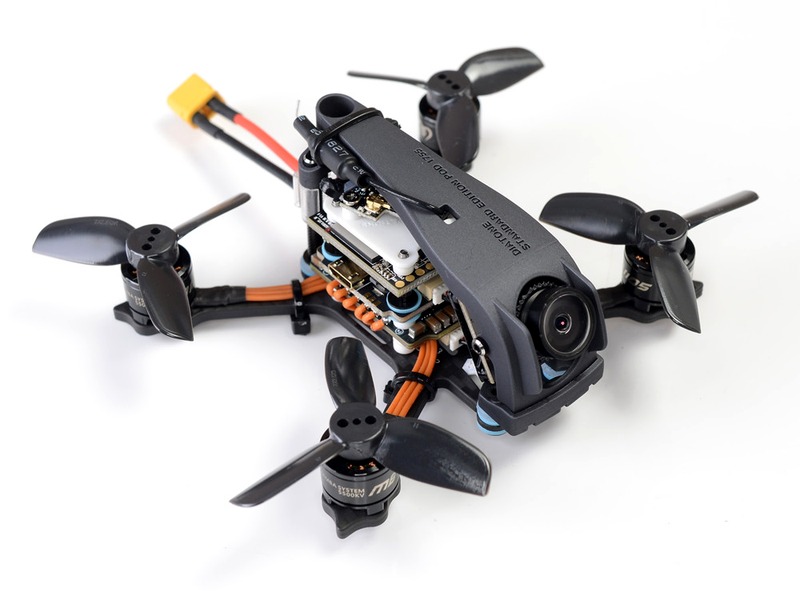How much weight can FPV carry?

The amount of weight an FPV (First Person View) drone can carry depends on several factors, including the size of the drone, the type of motors and propellers used, and the type of battery used. Generally speaking, the larger the drone, the more weight it can carry, and the more powerful the motors and propellers, the more weight it can lift.
The size of the drone is the most important factor in determining how much weight it can carry. Smaller drones are typically limited to 1-2 pounds of payload, while larger drones can lift up to 10 pounds or more. The size of the drone also affects the types of motors and propellers used, as larger drones require more powerful motors and propellers to lift heavier payloads.
The type of motors and propellers used also affects the amount of weight an FPV drone can carry. Brushed motors are typically limited to carrying 1-2 pounds of payload, while brushless motors can carry up to 4-5 pounds of payload. Propellers also affect the amount of weight an FPV drone can carry, with larger propellers capable of lifting heavier payloads.
The type of battery used also affects the amount of weight an FPV drone can carry. Lithium-ion batteries are typically more powerful than other types of batteries and can lift heavier payloads. However, they are also more expensive and require more maintenance.
Finally, the type of frame used can also affect the amount of weight an FPV drone can carry. Carbon fiber frames are the strongest and most lightweight frames available, allowing them to lift heavier payloads. However, they are also more expensive and require more maintenance.
In general, FPV drones can carry anywhere from 1-10 pounds of payload, depending on the size of the drone, the type of motors and propellers used, the type of battery used, and the type of frame used. As technology advances, it is likely that FPV drones will be able to lift heavier payloads, making them more versatile and capable of carrying heavier objects.
Comments / Question
1. Increasing the size and strength of the frame and arms
2. Adding more powerful motors and larger propellers
3. Installing a larger battery
4. Adding additional counterweights to balance the payload
5. Upgrading the flight controller to a more powerful model
6. Installing an additional camera for better visibility
7. Adding additional landing gear for increased stability
8. Adding a payload release mechanism to drop off additional cargo
9. Installing additional auxiliary payloads like cameras and sensors
10. Upgrading the FPV system for better control and visibility.
2. Battery size: Battery size also plays a role in how much weight an FPV drone can lift. Larger batteries can provide more power, allowing the drone to lift more weight.
3. Propeller size: Propeller size is another factor that affects how much weight an FPV drone can lift. Larger propellers can generate more lift, allowing the drone to carry more weight.
4. Frame design: The frame design of the drone also plays a role in how much weight it can lift. A frame with a stronger and more rigid design can support more weight than a frame with a weaker and more flexible design.
5. Air density: Air density also affects how much weight an FPV drone can lift. Denser air provides more lift, allowing the drone to lift more weight.

